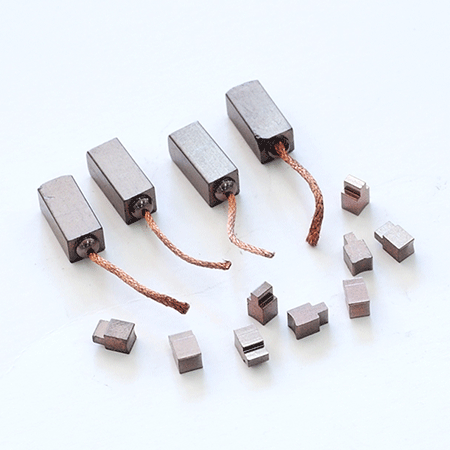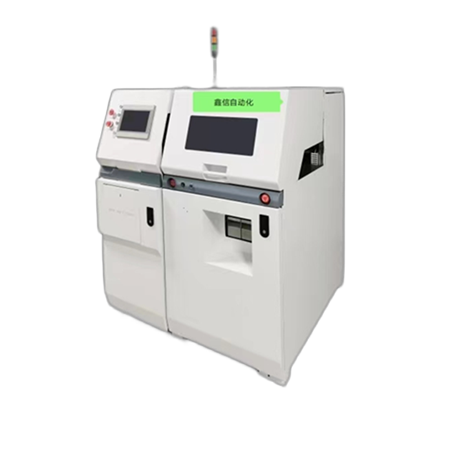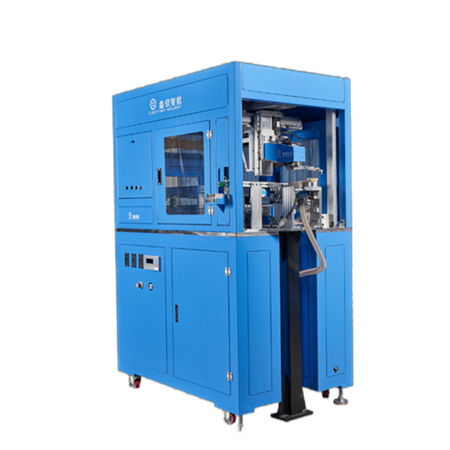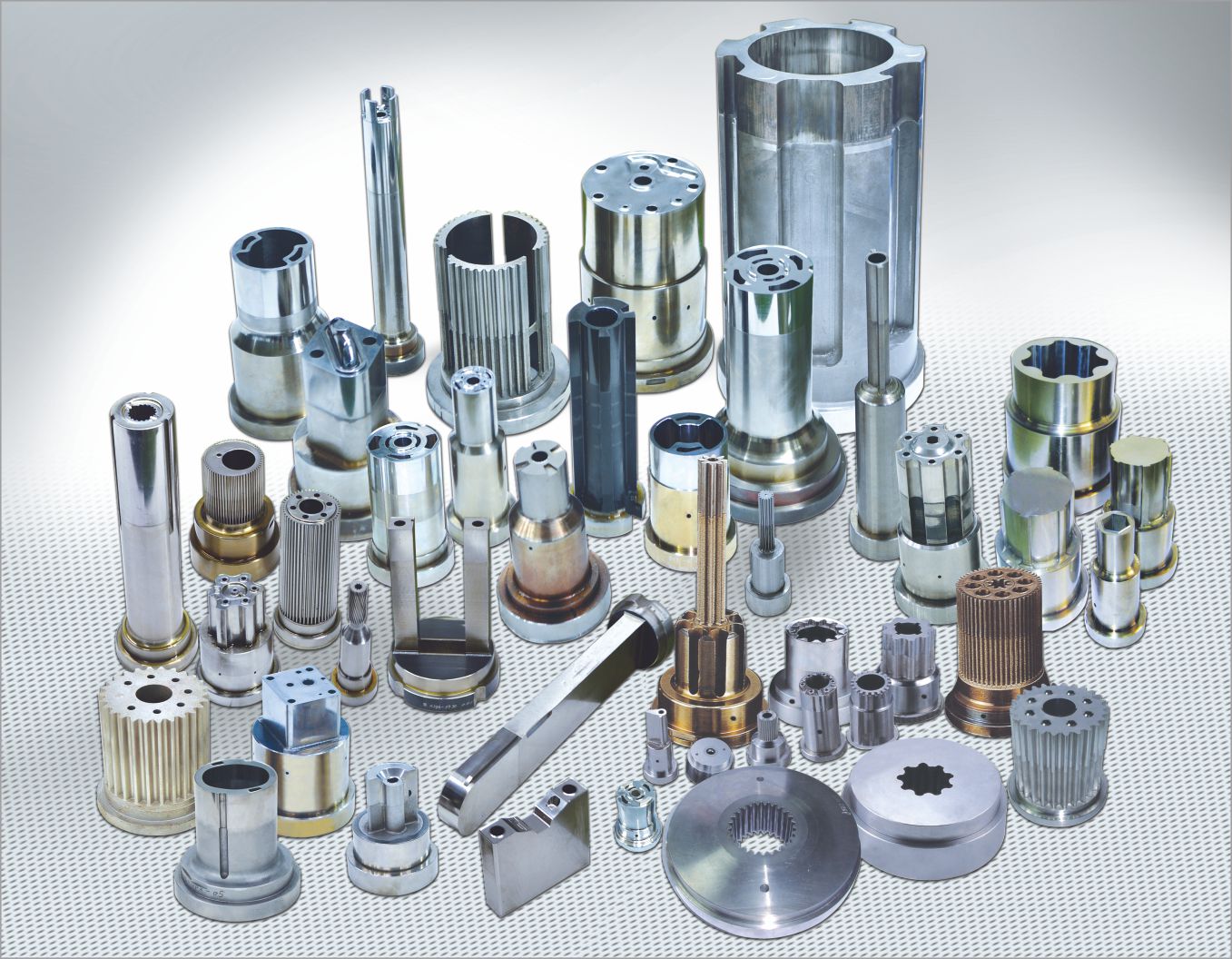

Injection Lithium battery mold

The lithium battery injection mold is a precision tool specially used to produce lithium battery cases or related components. With the widespread application of lithium batteries in electric vehicles, consumer electronics, energy storage systems and other fields, the quality and performance requirements for lithium batteries are increasing day by day. High-quality injection molding of lithium battery molds is essential to ensure the safety, stability and service life of the batteries. Critical.
1. High Precision and Dimensional Stability
Precision machining: Advanced CNC (Computer Numerical Control) machine tools are used for processing to ensure that the fit between various parts of the mold achieves micron-level precision.
Strict tolerance control: By strictly defining the tolerance range at the mold design stage and continuously monitoring it during the production and inspection process, we ensure the consistency and interchangeability of the final product.
2. Material Selection
Heat-resistant materials: Considering the high-temperature environment during the injection molding process, steel or other special alloys with good heat-resistant properties are usually selected as mold materials.
Wear resistance: By using materials with high surface hardness and wear resistance, the service life of the mold can be significantly extended.
Corrosion resistance: To prevent corrosion problems caused by prolonged exposure to moisture, it is also important to select materials with excellent corrosion resistance.
3. Surface Treatment Technology
Polishing: Fine polishing is used to achieve a mirror effect on the mold surface, which not only reduces demoulding resistance but also improves the appearance quality of the finished product.
Coating: Special coatings are applied to certain parts to increase their hardness or improve thermal conductivity, etc.
4. Temperature Control System
Efficient cooling system: Reasonable layout of water channels, use of efficient cooling media to quickly remove heat and shorten the molding cycle time.
Heating device: For processes that require preheating, built-in heating elements can provide the required temperature uniformly to the mold.
5. Mold structure optimization
Parting line design: Carefully plan the location and shape of the parting line to facilitate subsequent assembly processes while avoiding problems such as flash.
Exhaust design: Good vent design helps eliminate the gas generated when the plastic melts, reducing the chance of bubble defects.
Ejection mechanism: The well-designed ejection mechanism ensures that the product can be removed from the mold smoothly and without damage.
6. Intelligent elements
Sensor integration: Install various types of sensors such as pressure and temperature inside the mold to monitor and feed back data to the control system in real time to achieve intelligent management.
Adaptive adjustment function: Automatically adjust parameter settings based on collected information to further improve production efficiency and product quality stability.


The FAQ is regularly updated to reflect the latest information and to ensure that you have the most accurate details at your fingertips.
Thank you for choosing us, and we hope you find the answers you need!
- Precision mold
- Equipment related to powder molding
- Clamp and auto parts machining
- Equipment related to molding choke
- Semiconductor packaging equipment
- Equipment related to new energy and lithium battery
- Medical devices/pharmaceutical equipment
- Equipment related to 3C industry
- Non-standard automatic equipment
- PVD coating center







